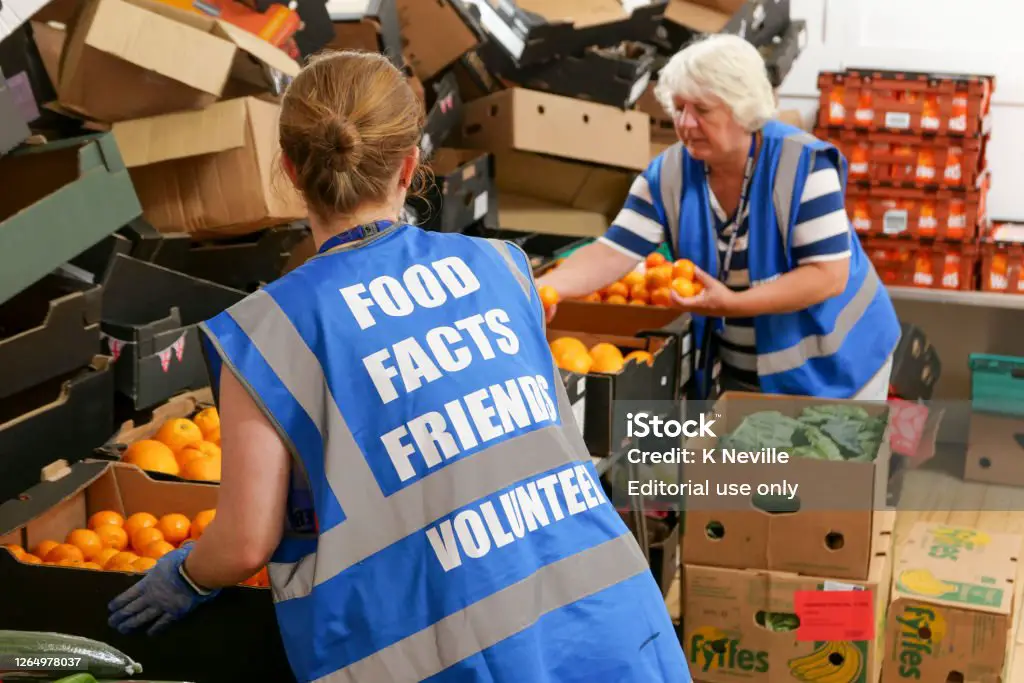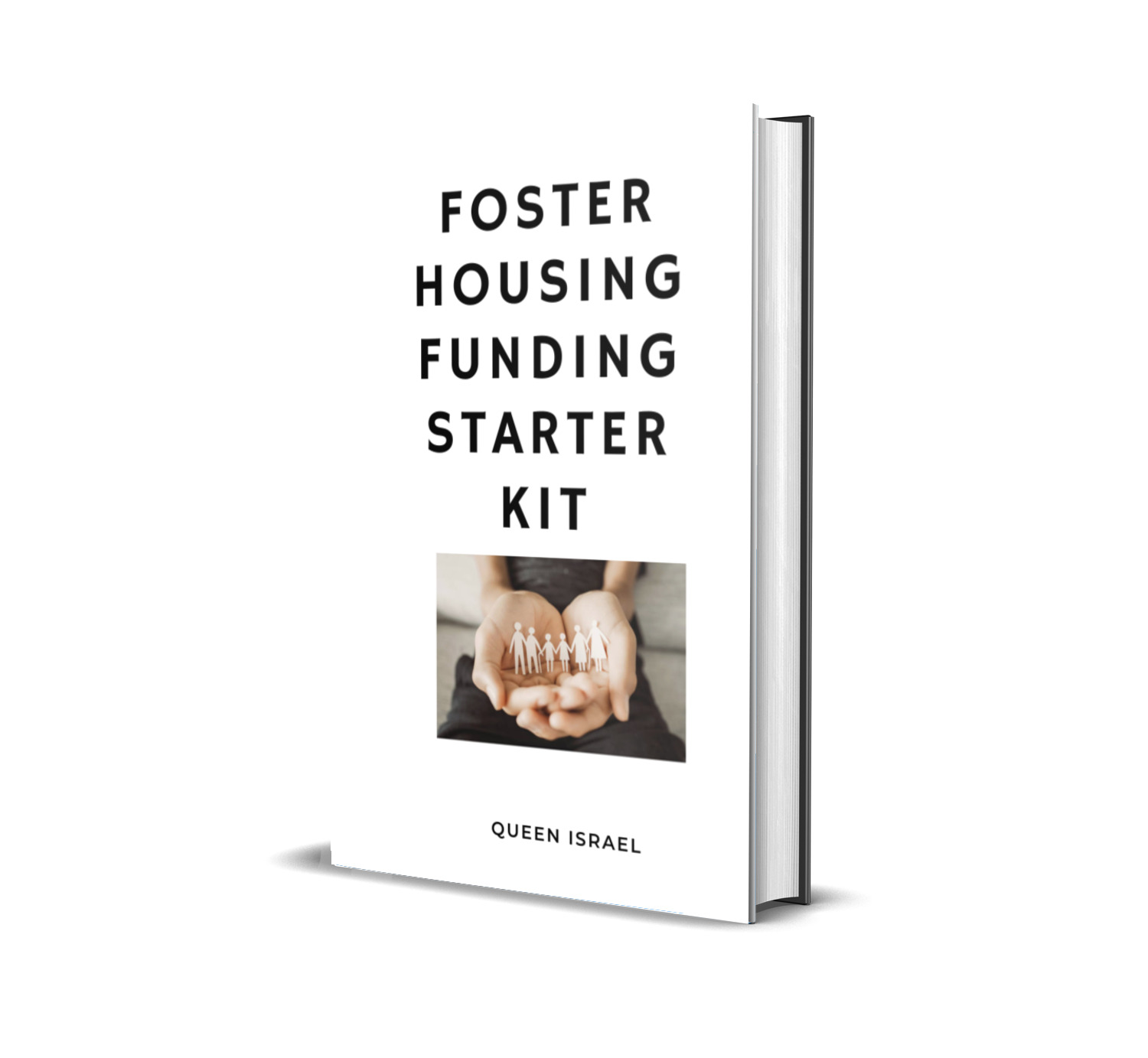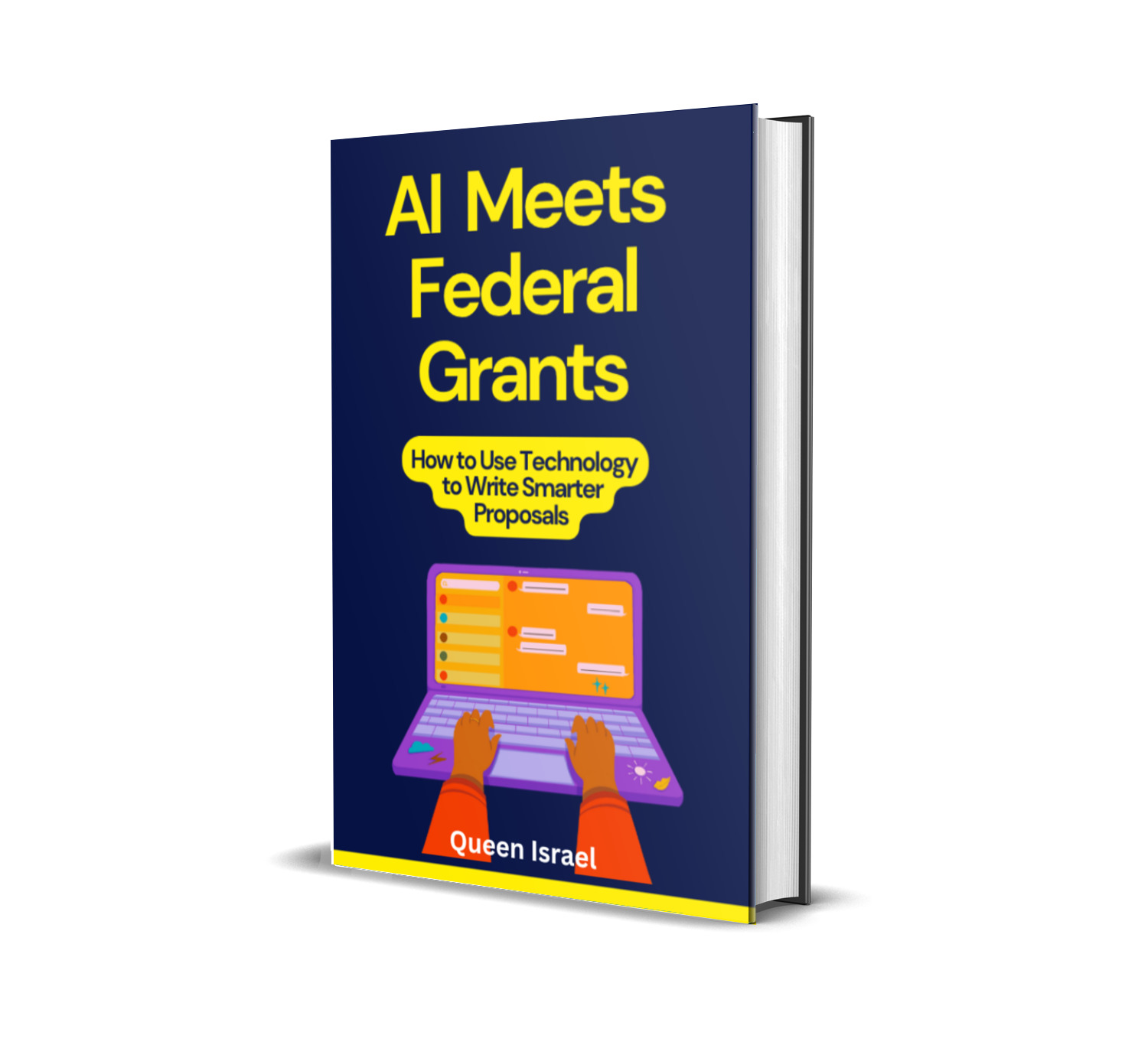Outreach grants have become a game-changer for nonprofits, schools, and community organizations seeking funding to drive meaningful change. These grants are designed to support programs that directly engage, educate, or uplift a specific community.
Whether you’re launching a STEM education workshop, creating a mentorship program for underserved youth, or spearheading a health awareness campaign, outreach grants can provide the financial backbone you need to make an impact.
Why Outreach Grants Matter
Understanding the importance of outreach grants goes beyond just securing money—it’s about the tangible difference they make in communities.
Here are some compelling reasons why these grants are crucial:
- Filling Resource Gaps: Outreach grants target communities that lack access to critical resources. This funding ensures your project can deliver where it’s needed most, bridging gaps in education, health, or social services.
- Strengthening Community Engagement: These grants prioritize projects that foster strong relationships between organizations and the communities they serve. By building trust and rapport, you can create programs that are more effective and sustainable.
- Promoting Equity and Inclusion: Many outreach grants emphasize equity—ensuring that marginalized groups receive the support they need. This focus on inclusion is essential in reducing disparities.
- Scalability: Outreach grants can help you pilot a program and, if successful, scale it to reach a broader audience. They often support initial implementations with an eye toward future growth.
According to the Foundation Center, over $10 billion in outreach-focused grants were awarded in the last year alone, with education and health initiatives leading the pack. This massive investment underscores the importance of outreach efforts and the impact they have on communities across the country.
What Makes a Winning Outreach Grant Proposal?
Crafting a standout proposal for an outreach grant requires a strategic approach. It’s not just about meeting the requirements; it’s about telling a compelling story that resonates with funders.
Let’s break down the key components of a winning proposal:
1. Research and Understand the Funder’s Goals
Before you start writing, invest time in understanding the funder’s mission, priorities, and past projects they’ve supported. Study their guidelines and review previously funded proposals if available. This insight will help you tailor your proposal to meet their expectations.
For example, if a foundation focuses on education equity, emphasize how your project will improve access to quality education in underserved areas.
2. Clearly Define the Community Need
Use data and testimonials to demonstrate the need for your project. Present a compelling case for why your community requires your intervention.
For instance:
“According to the U.S. Census Bureau, 20% of families in our target area live below the poverty line, significantly limiting their access to after-school enrichment programs. Our initiative aims to bridge this gap by providing free, quality tutoring services.”
3. Set Measurable Goals and Outcomes
Funders seek projects with clear, quantifiable outcomes. Outline specific objectives such as:
- The number of individuals served (e.g., 500 youths in after-school STEM programs).
- The expected improvement in educational outcomes (e.g., a 20% increase in reading proficiency among participants).
- Long-term community benefits (e.g., reduced dropout rates, improved health metrics).
These measurable outcomes show funders that you have a clear plan and that you’re committed to assessing the impact of their investment.
4. Develop a Strong, Realistic Budget
A detailed budget demonstrates that you’ve thoroughly planned your project. Break down how funds will be allocated—covering staffing, materials, facility costs, travel expenses, and program evaluation. Justify each expense as necessary for achieving your goals. For example:
- Salaries for program coordinators
- Educational materials and technology for workshops
- Venue rentals and utilities for hosting events
Transparency in budgeting builds trust with funders and shows you’re prepared to manage their investment responsibly.
5. Highlight Collaboration and Partnerships
Collaboration can significantly strengthen your proposal. Highlight partnerships with other nonprofits, schools, local businesses, or government agencies. These collaborations can:
- Provide additional expertise or resources.
- Expand the reach of your program.
- Increase your credibility with funders.
For example, partnering with a local school district can offer access to facilities and a ready audience for after-school programs.
6. Tell a Compelling Story
Personal stories and anecdotes resonate deeply. Share narratives that illustrate the real-world impact of your program. For example: “Maria, a single mother of three, has struggled to find affordable tutoring for her children. With funding from this grant, Maria’s children will receive free, high-quality after-school education, improving their academic performance and opening doors to a brighter future.”
These stories humanize your proposal, making it more relatable and memorable to reviewers.
To further expand on how to effectively leverage outreach grants, let’s explore some additional related topics and strategies.
a) The Role of Data and Evidence in Proposals
Using robust data in your proposal can significantly strengthen your case. Data demonstrates that you understand the problem’s scope and can measure the success of your intervention.
- Baseline Statistics: Start by establishing a baseline that clearly shows the current situation. Use reputable sources like the U.S. Census Bureau, CDC, or UNESCO for credible statistics.
- Impact Projections: Estimate the potential impact of your program. Use evidence from similar programs or pilot studies to project outcomes.
- Evaluation Plan: Outline how you will measure and report on progress. This might include surveys, interviews, focus groups, or academic assessments, depending on your program’s nature.
Data not only lends credibility but also provides a roadmap for evaluating the grant’s impact over time.
Key Traits of a Successful Grant Writer
Becoming adept at securing outreach grants involves continuous learning and practice. Here are some key traits of successful grant writers:
- Attention to Detail: Small errors or omissions can derail an application. Always double-check guidelines, requirements, and your submission for accuracy.
- Adaptability: Every funder has different preferences and requirements. A successful grant writer adapts their style and approach based on each opportunity.
- Storytelling Skills: Combining data with compelling storytelling creates powerful proposals that resonate with reviewers.
- Persistence: Rejections are part of the process. Use feedback to refine future proposals and don’t be discouraged by setbacks.
For those looking to build or enhance these skills, the Grant Writing Academy Newsletter offers a treasure trove of resources—tips, strategies, templates, and tools—to help you succeed.
Exploring Specific Outreach Grant Opportunities
To paint a more complete picture, let’s examine some well-known outreach grant programs, their focuses, and how they operate.
1. National Science Foundation (NSF) Outreach Program
Focus: STEM education for underserved communities. Award Amount: Up to $500,000 This program funds projects that aim to broaden participation in STEM fields by engaging underrepresented groups. It supports curriculum development, teacher training, and community engagement in science education. The NSF’s robust research backing and commitment to innovation make it a highly respected funding source.
2. Robert Wood Johnson Foundation
Focus: Health equity and community wellness. Award Amount: Varies The RWJF supports initiatives designed to improve health outcomes and reduce disparities. Grants are available for projects that address social determinants of health, community health education, and equitable access to healthcare services. They emphasize long-term change and sustainable community impact.
3. Walmart Community Grants
Focus: Hunger relief, education, and workforce development. Award Amount: $250 – $5,000 per grant. Walmart’s grants are designed to support local nonprofits working on community issues. Though smaller in amount, these grants can be crucial for starting or sustaining smaller-scale outreach initiatives.
4. Coca-Cola Foundation Grants
Focus: Education, women’s empowerment, and community development. Award Amount: Varies The Coca-Cola Foundation offers funding for projects that promote education, community engagement, and economic opportunity. They often seek initiatives that demonstrate a measurable impact on communities, particularly those that empower women and youth.
By exploring the specifics of these grants, you can better understand what funders are looking for and how to position your project effectively.
Strategies to Overcome Common Challenges
Securing outreach grants comes with its share of hurdles. Here are some strategies to overcome common challenges:
a) High Competition
The demand for funds is high, which makes competition fierce.
- Niche Focus: Identify a niche within your community that is underrepresented in grant funding. This can set you apart from competitors.
- Unique Value Proposition: Clearly articulate how your project differs from others. What innovative approach or unique benefit do you offer?
b) Complex Application Processes
Grant applications can be lengthy and complex.
- Start Early: Give yourself plenty of time to research, draft, and revise your proposal.
- Break It Down: Divide the application process into smaller tasks. Tackle one section at a time to avoid feeling overwhelmed.
- Seek Guidance: Use online resources, webinars, or courses—such as those offered by Grant Writing Academy—to navigate complexities.
c) Sustainability After Funding
Funders often worry about what happens after the grant period ends.
- Sustainability Plan: Include a detailed plan for how the program will continue once the grant funding is exhausted. This could involve diversifying funding sources, establishing revenue streams, or building volunteer networks.
- Community Ownership: Engage community members in program leadership, creating local champions who can sustain efforts over time.
Building a Grant Proposal Timeline
Another practical tip for improving your grant writing process is to create a timeline. A structured timeline ensures that you cover all necessary steps without last-minute scrambles. Here’s a sample timeline:
- Six Months Before Deadline
- Identify potential funding opportunities.
- Subscribe to newsletters like the Grant Writing Academy Newsletter for updates on new grants.
- Start preliminary research on funders and their priorities.
- Four to Five Months Before Deadline
- Outline your project idea and goals.
- Gather relevant data and statistics to support your proposal.
- Reach out to potential partners for collaboration.
- Three Months Before Deadline
- Draft your proposal sections.
- Create a detailed budget.
- Plan the evaluation strategy.
- One to Two Months Before Deadline
- Revise and refine your draft.
- Have colleagues review and provide feedback.
- Ensure all supporting documents (letters of support, resumes, etc.) are ready.
- Weeks Before Deadline
- Finalize the application.
- Double-check all requirements and guidelines.
- Submit your proposal with time to spare for unforeseen issues.
Leveraging the Grant Writing Academy Newsletter
If you’re serious about mastering the art of securing outreach grants, nothing beats continuous learning and access to practical resources. By subscribing to the Grant Writing Academy Newsletter, you gain:
- Tips and Strategies: Weekly insights on crafting compelling proposals, avoiding common pitfalls, and negotiating with funders.
- Templates and Tools: Access to a library of proposal templates, budget spreadsheets, and planning tools that simplify the grant writing process.
- Case Studies: Real-world examples of successful grant proposals and breakdowns of why they worked.
- Expert Interviews: Conversations with seasoned grant writers and fundraisers, sharing their secrets to success.
- Community Support: Connect with fellow grant writers to share ideas, resources, and motivation.
These resources are designed to enhance your success rates, making it easier to navigate the complex world of grant funding.
Subscribe now to the Grant Writing Academy Newsletter and unlock a treasure trove of resources that will put you on the path to securing more outreach grants!
Additional Resources and Support
a) Expand Your Knowledge
The grant writing field is always evolving. Keep learning and improving your skills to stay competitive.
Recommended Resources:
- Request for Proposal Success: How to Write Proposals That Win: Learn the techniques and strategies to create standout proposals.
- Tech Startup Funding Secrets: Navigating Grants for Maximum Growth: Perfect for those in the tech sector looking to leverage grants for scaling.
- Grant Proposal Guide for Environmental Projects: Tailored for environmental initiatives seeking to secure impactful funding.
- The Ultimate Guide to Federal Grant Applications: Techniques for Success: Master the complexities of federal grants with actionable insights.
Explore More Books Here
b) Invest in Expert Guidance
Want to fast-track your growth and achieve even more success?
Join one of our mentorship programs for tailored advice and support:
Mentorship Programs:
- 3-Month Mentorship: The Foundation Builder: A short-term plan to refine your grant writing skills and win your first (or next) grant.
- 6-Month Mentorship: The Proposal Pro: Dive deeper into strategies, proposal reviews, and funding plans.
- 1-Year Mentorship: The Funding Champion: Build long-term success with comprehensive guidance, unlimited reviews, and exclusive resources.
C) Book a One-on-One Consultation
Sometimes you just need personalized advice to tackle challenges or fine-tune your strategy. Let’s work together to solve your unique grant writing challenges.
Book a Consultation Call Here
The Power of Storytelling and Authenticity
Beyond data and logistics, one of the most compelling aspects of a grant proposal is storytelling. Funders often decide based on the emotion and authenticity behind the project. Here’s how to weave storytelling into your proposal:
- Begin with a Hook: Start your proposal with a powerful anecdote that captures the essence of the community need.
- Humanize the Data: While statistics are crucial, linking them to real lives makes the data more relatable.
- Show Impact: Use before-and-after scenarios to paint a vivid picture of transformation. For example, illustrate how a community garden not only provides fresh produce but also brings neighbors together, fostering community spirit.
Authenticity resonates with readers, making them more likely to invest in your vision.
Leveraging Networks and Community Engagement
A strong network can significantly boost your grant prospects. Engaging with local community leaders, attending related events, and building relationships with funders can lead to insider knowledge about upcoming grants and improve your proposal’s alignment with funders’ values.
- Local Engagement: Volunteer, speak at community meetings, and collaborate with community influencers.
- Online Presence: Maintain an active online profile on platforms like LinkedIn, where you can connect with potential collaborators and funders.
- Professional Associations: Join groups like the American Grant Writers’ Association for networking opportunities, workshops, and resources.
Such activities not only increase your visibility but also provide insights into the needs and priorities of both the community and funders.
Your Path Forward with Outreach Grants
Outreach grants are more than just funding opportunities—they are vehicles for positive change that can transform communities. By understanding what funders are looking for and by crafting proposals that are data-driven, community-focused, and rich in storytelling, you can significantly improve your chances of securing the grants you need.
Remember to:
- Research and understand each funder’s goals.
- Build compelling narratives supported by data.
- Plan meticulously and leverage templates and expert advice from the Grant Writing Academy Newsletter.
- Stay persistent, learn from feedback, and continuously refine your approach.
Each grant application is a learning experience. With every submission, you refine your skills, build your network, and move closer to making a real impact in your community.
Ready to take your grant writing skills to the next level?
Subscribe to the Grant Writing Academy Newsletter and get access to invaluable tips, templates, strategies, and community support. Your journey to mastering outreach grants starts here!
Subscribe now to boost your success and transform your community projects into reality.






